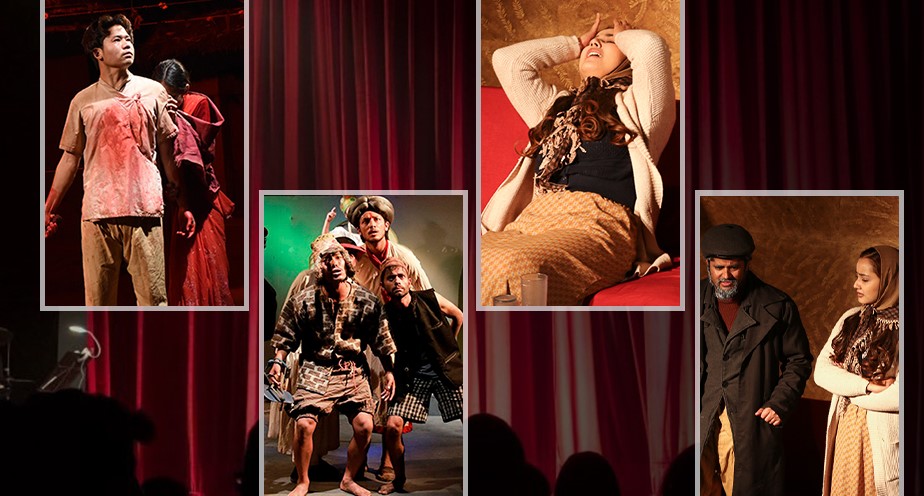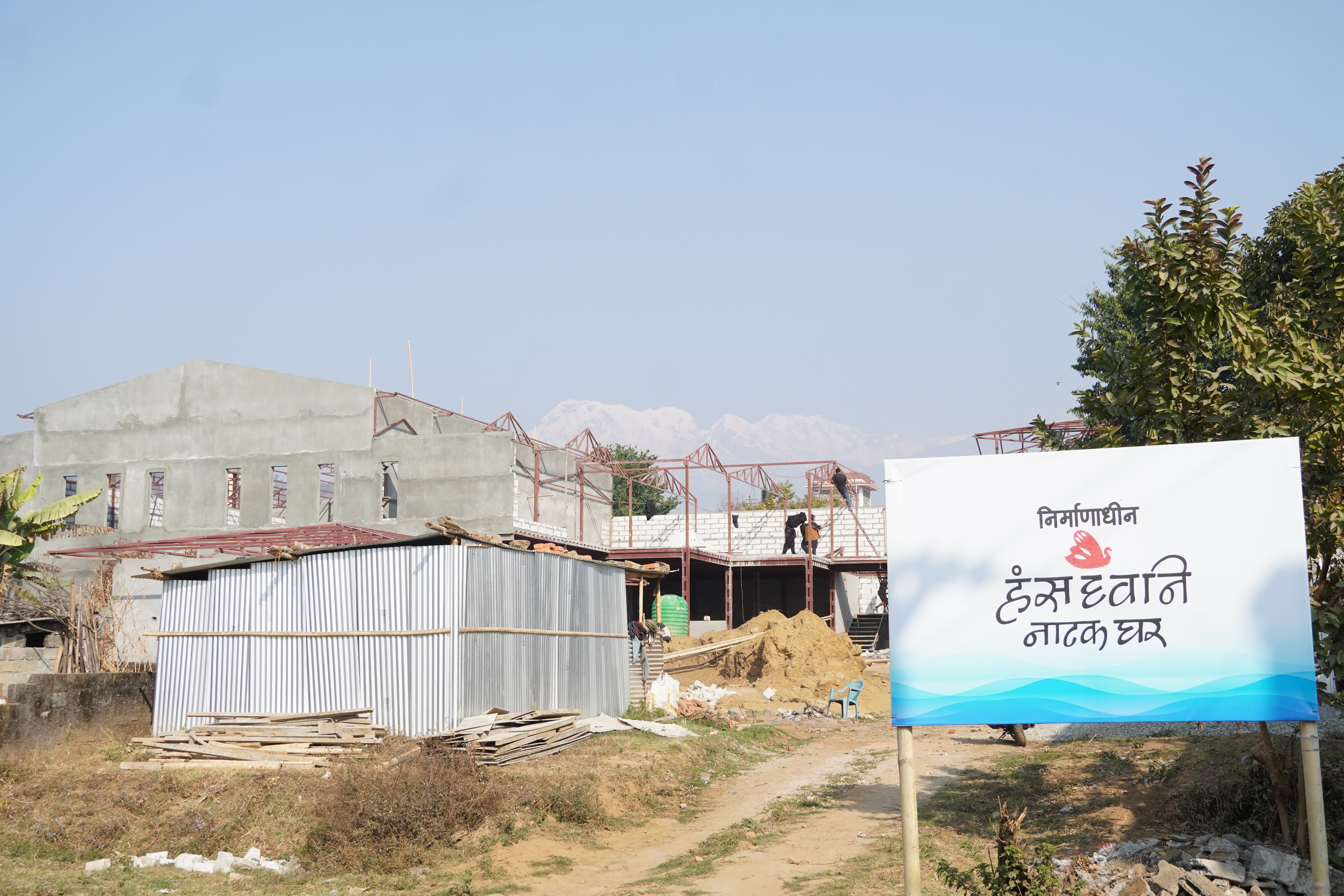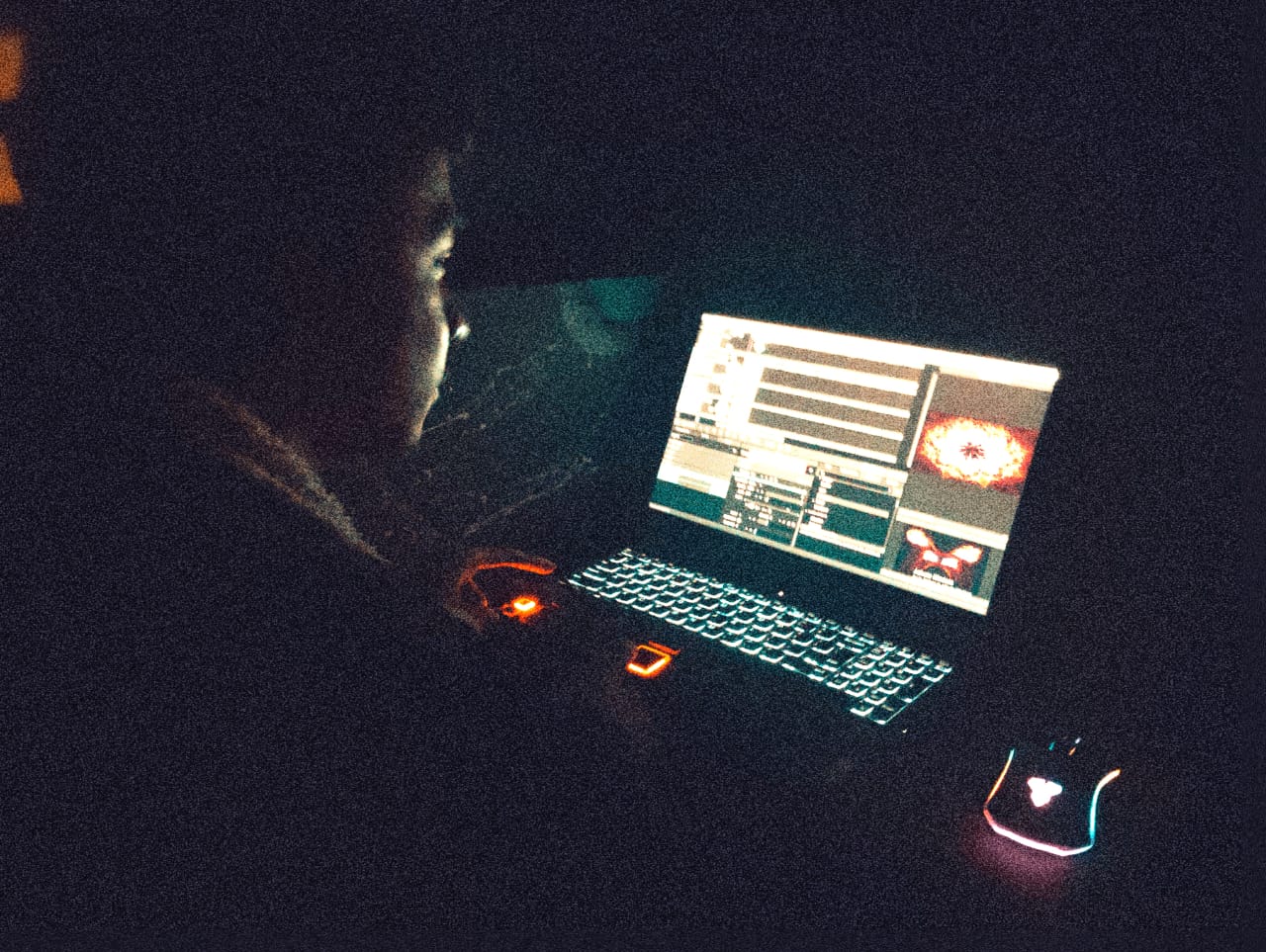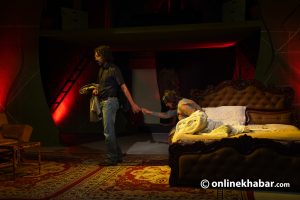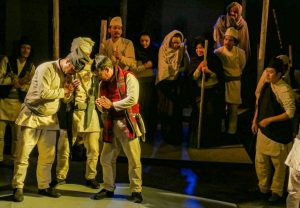The Nepali theatre sector that was trying to get up after the first wave of Covid-19 was again brought to a standstill in the second wave. But as the cases are dropping, the theatres have now started opening up in the Kathmandu valley. Some are busy preparing for the plays while others have already started showing them.
Efforts for comeback
‘Harek Babal Kura’ started at Kausi Theatre, in Teku, on September 10. But, according to Akanchha Karki, the director of the theatre and the said play, it is including a limited audience and limited resources considering the risk of the Covid-19 spread. This is Kausi Theatre’s first play after a year and a half.
Battisputali-based Shilpee Theatre also has started its rehearsal for a play on corruption. According to Ghimire Yubaraj, the director of the theatre, they will show the play in different parts of the country including Sunsari, Morang, Jhapa and other districts after the Dashain festival.
Shilpee is also preparing to stage Shakespeare‘s play ‘As You Like It’ soon. “With these two plays, we are trying to get back to the old rhythm.” During the prohibitory ban too, they performed the play ‘Anupsthit Teen’ which was live-streamed on Facebook with ample audience online.
Sinamangal-based theatre Purano Ghar will stage the play ‘Ma’, written and directed by Sulakshan Bharti, from September 20.
Another theatre artist Kedar Shrestha says his team is also ready to get back to the scene even with a small audience. Shrestha, who also manages Theatre Mall in Kirtipur, says there will be no plays there before Dashain. They are working on two stories currently, he adds. Meanwhile, Rashtriya Naachghar has also started discussions to prepare for programmes including plays there, informs Birendra Hamal, Naachghar’s assistant drama manager.
Through the crisis

The biggest crisis that the Nepali theatre and the actors had to go through during the pandemic was financial instability. That is true even today, says Ghimire, as they struggle to get back to their feet. Meanwhile, he says, the pandemic has left a psychological effect on all artists. “Many artists went back to their villages, during the lockdown, and have not returned yet,” he informs, adding that the long break will also affect their performances.
Kausi Theatre’s Karki seconds Ghimire about the impacts left by Covid-19. “The Nepali theatre has suffered economically, but more so emotionally. Many performers have lost hope and changed sectors because they got tired of waiting [for things to go back to normal].”
But, those active artists did not stay idle even during the prohibitory ban. From the first lockdown, in 2020, some were practising for virtual drama. Among them was Theatre Mall that started showing plays through virtual media within three days of the lockdown. It was performed for 16 days. This also became a platform for children to enjoy the play on YouTube.
Mandala Theatre released Dayahang Rai-directed play ‘Mitjyu‘ on YouTube and performed the play ‘Wounds of War’ virtually a few weeks ago.
Kausi Theatre produced a short film and conducted a drama workshop. It also started playback theatre online, where artists could perform plays, virtually from their houses. “It was in a theatrical style where the artist listens to the audience and presents it,” briefs Karki.
Some performers at Shilpee Theatre practised during the lockdown and soon after the lockdown was eased, they staged the Soliloquy of Six Characters for 10 days and organised a three-month training.
Some performers were also remained active on the streets with the civil society movement for many days. “We did 14 performances on the streets, be it in support of Dr Govinda KC or in favour of the labourers. We also enacted a drama about the anarchy of the Oli regime,” informs Ghimire.
But, theatre artists were forced to think about who their guardian was during the crisis. Even after handing over a memorandum to the Nepal Academy of Music and Drama, they could not achieve anything.
The way forward
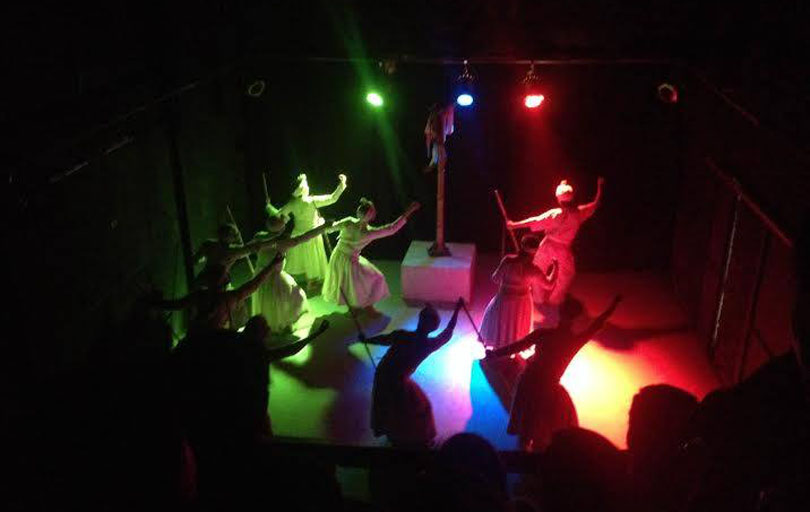
After a long pause, the doors of the theatre are slowly opening. However, the artists are still unsure about when the movement will pace up. “It will take some time to get back into the same rhythm and to connect with the audience,” says Ghimire. Shrestha is also in the same boat of confusion regarding the sector’s future.
Artists and stakeholders realise it might take almost a year for the theatre to return to its previous state.
“There still is a potent question of whether or not the audience wants to go to public spaces to watch plays. But, we are hopeful that if the third wave does not come, there will be some progress after Dashain.” For that, he says, there should be a good enough play to attract the audience and they should be acclimatised slowly. “We are optimistic seeing the enthusiasm of the audience in our plays.”
Shrestha adds, “Everyone is trying. Everyone’s little effort will result in dynamic results.”
Nevertheless, artists always have been complaining that the government has not provided them with any support. The progress Nepali theatre has made so far solely is because of private contributions, they say.



